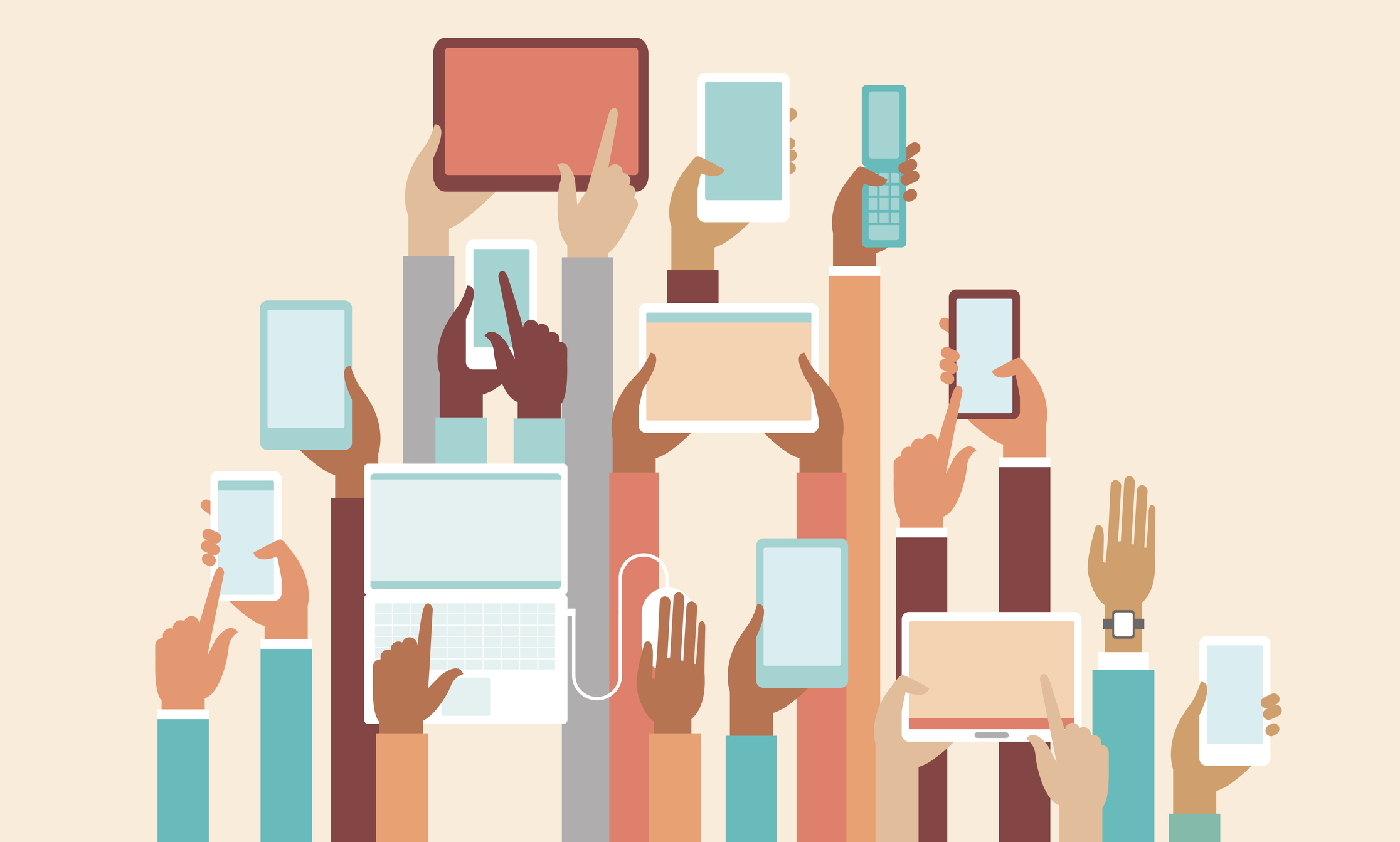Zoom? Slack Message? Email? What to Use When
Fourteen months into the pandemic, email overwhelm is a major sources of stress and fatigue for remote workers. It was never easy to get to inbox zero in the “before times,” but now that the volume of messages has increased due to lack of in-office face time, that goal seems laughably impossible. The messages — and the anxiety they create as they sit unopened in your inbox — continue to pile up.
Likewise, spending hours per day on video calls leaves people feeling demotivated and physically depleted, and recent research shows that women experience significantly more Zoom fatigue than men. “Researchers discovered that women reported more mirror anxiety — a psychological phenomenon where seeing oneself in a mirror can trigger heightened self-focus — which in turn creates more anxiety and depression” after Zoom calls. “Women also reported being far more conscious of their nonverbal cues than men, which the researchers suggest adds to cognitive load.”
The email and video calls are one source of stress; another is the countless decisions we all have to make about which communication tool to use when. You have an important piece of information to convey. Should you schedule a Zoom? Pick up the phone? Send an email? A direct message on Slack or a text? Each of these communication tools brings with it a set of connotations about urgency and intrusiveness that may vary from person to person, especially across generations. And practices will vary based on a workplace’s culture and clients. But issuing a set of guidelines about best practices for communication can help alleviate some stress and ensure that all team members are more or less on the same page. Here are some possibilities that can be tailored to suit your specific needs.
Slack
Slack is a great tool for getting a quick answer to a question during regular business hours and collaborating on something in real time. It also reduces back-and-forth email chains when the conversation involves a group of people, and allows you to “park” information or links you want to come back to or easily pull up old conversations using the search feature.
But because the pace of Slack is so fast, it’s easy to miss a question or lose track of a conversational thread if you step away from your desk for a break. If you need to make sure team members see a new development, follow specific instructions, return something to you, or receive the latest version of a document, email is a better choice.
Text Messages
Some colleagues are in frequent communication via text message, especially if they don’t use a tool like Slack, while others might find this mode exceedingly personal and possibly intrusive. Let your organization’s history and culture be your guide. Text messages should always be brief. If your message is more than a few sentences long, take it to email.
As teams have adopted real-time communication platforms like Slack, some people have come to treat email with more seriousness. Messages that are formal in tone or more detailed, that need to retain specific kinds of formatting, that include recipients inside and outside the organization, or that may need to be referenced later should be sent via email. Some teams might consider creating a policy about preferred email response time (acknowledge receipt within 24 hours or so) and a convention around responses: “reply to all emails” so nothing slips through the cracks, even emails not requesting action (which leads to a lot of “Thanks!” emails in the inbox) or “reply only when necessary” to reduce inbox clutter. We all know by now that “reply all” should be used with care. Another reminder: Emails live forever, and you never know where they may be forwarded or who may be BCC’ed.
Phone
Older workers have spent the majority of their careers conducting business by phone, while Millennials have phone anxiety and prefer to use other tools. Depending on your perspective, this shift is either exasperating or understandable. For better or worse, an unplanned phone call can now seem like a bold move, so it’s worth thinking about the best times to use it. Time-consuming email chains or Slack threads can sometimes be resolved by picking up the phone. Messages are stripped of all nonverbal cues, so the phone is also the best tool for sensitive conversations that require nuance or discretion. During the pandemic, old-fashioned conference calls have become a preferred alternative to unnecessary video calls, but managing more than three people on a voice-only call — sound delays, talking over each other, bad cell reception — can be challenging.
Video calls
At the beginning of the pandemic, many organizations tried to reproduce an eight-hour day over Zoom, requiring camera-on video calls for every single interaction. Fortunately, most have realized that Zoom is not a true replacement for in-person interactions and can actually be so draining that it prevents workers from getting much else done. Things have improved some now that most people are up to speed with best practices for video calls, but the best way to prevent Zoom fatigue is to use video calls sparingly. Zillow recently announced it will limit Zooms to a block of time in the middle of the day so that workers can count on being able to attend to other work in the morning and later afternoon. Other organizations begin meetings with cameras on for the first 10 minutes, then allow people to turn them off for the remainder of the time. Zooms should be short and stick to an agenda. And if the business at hand can be resolved with an email, phone call, or Slack message, then for the love of all that is good in this world, do that instead.

